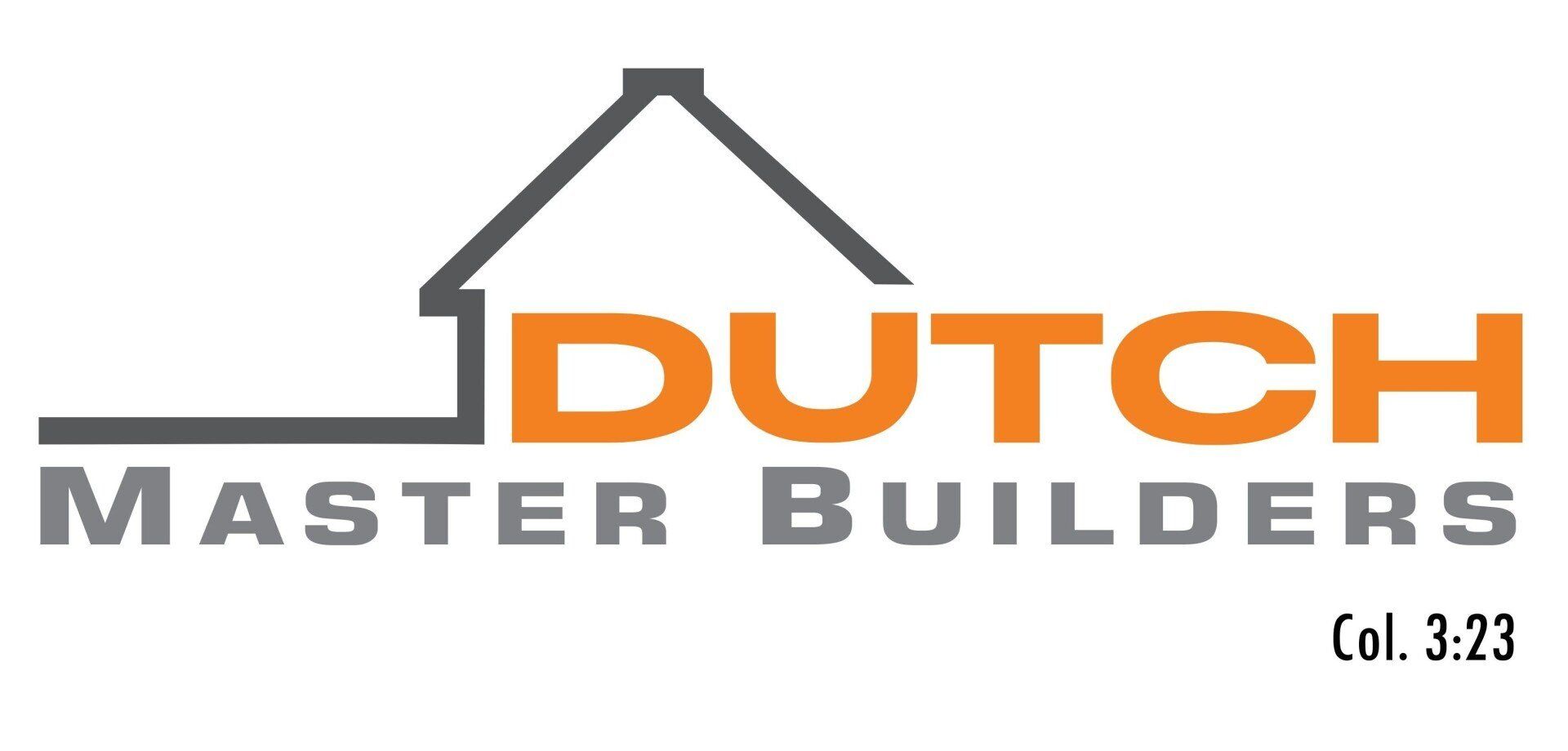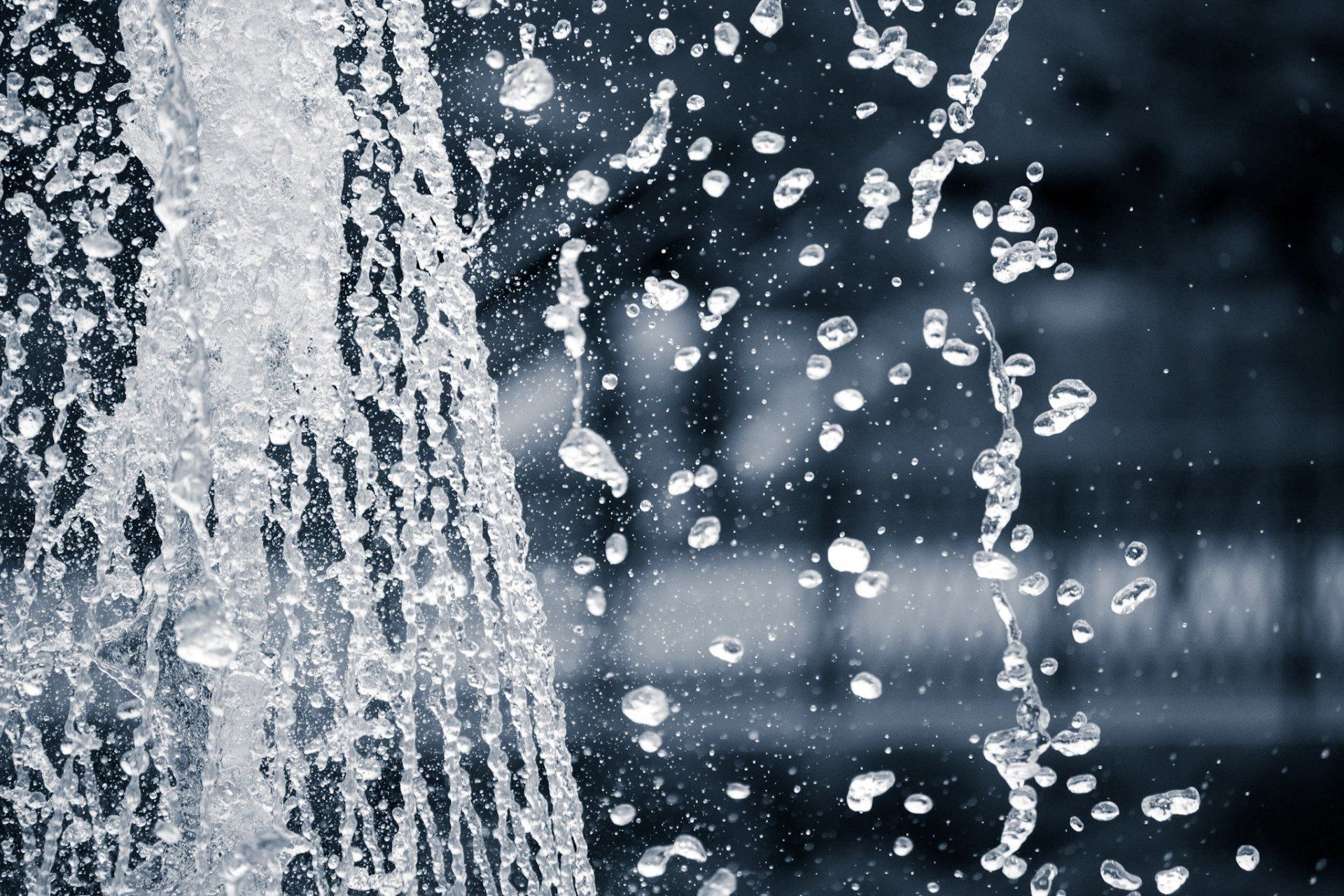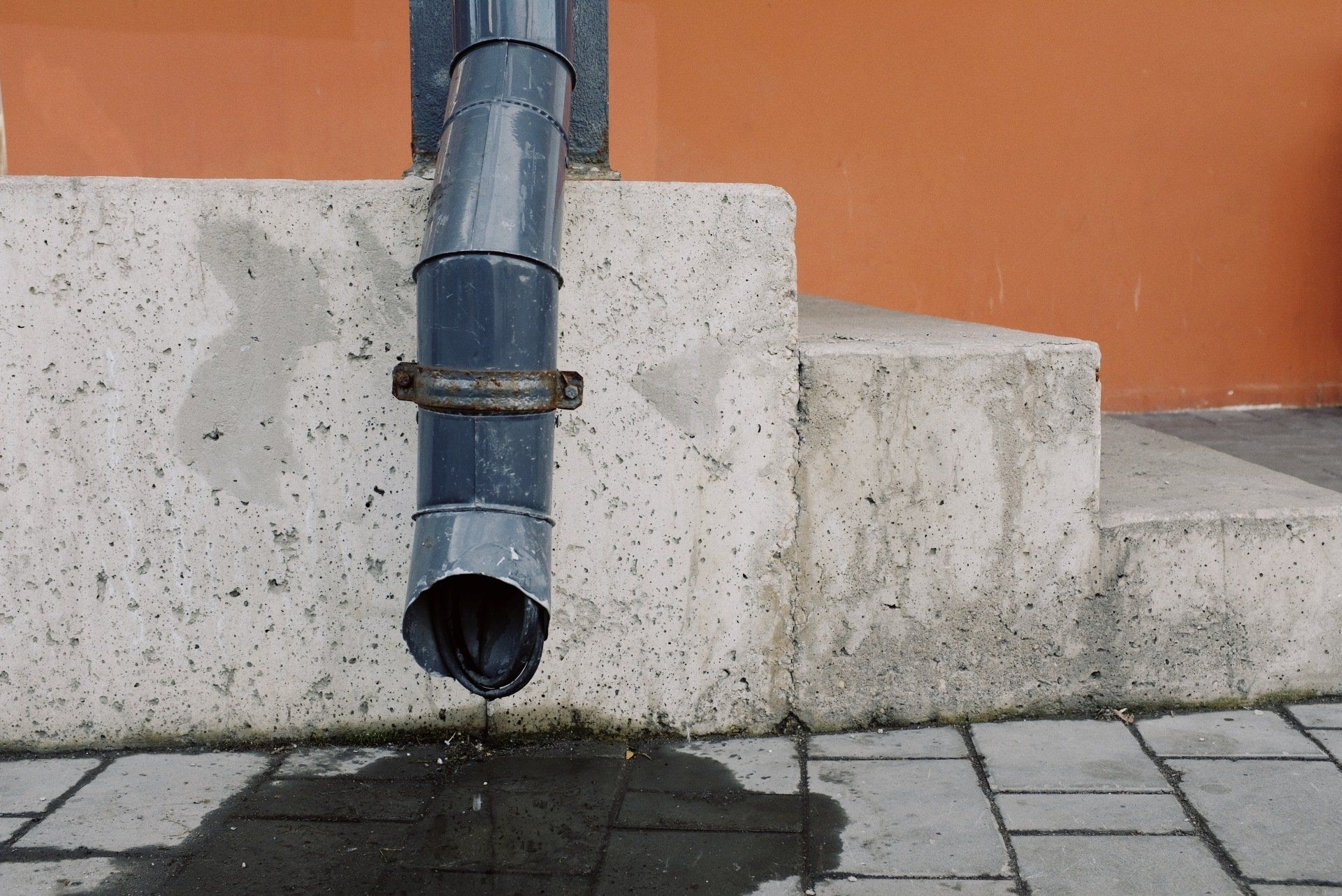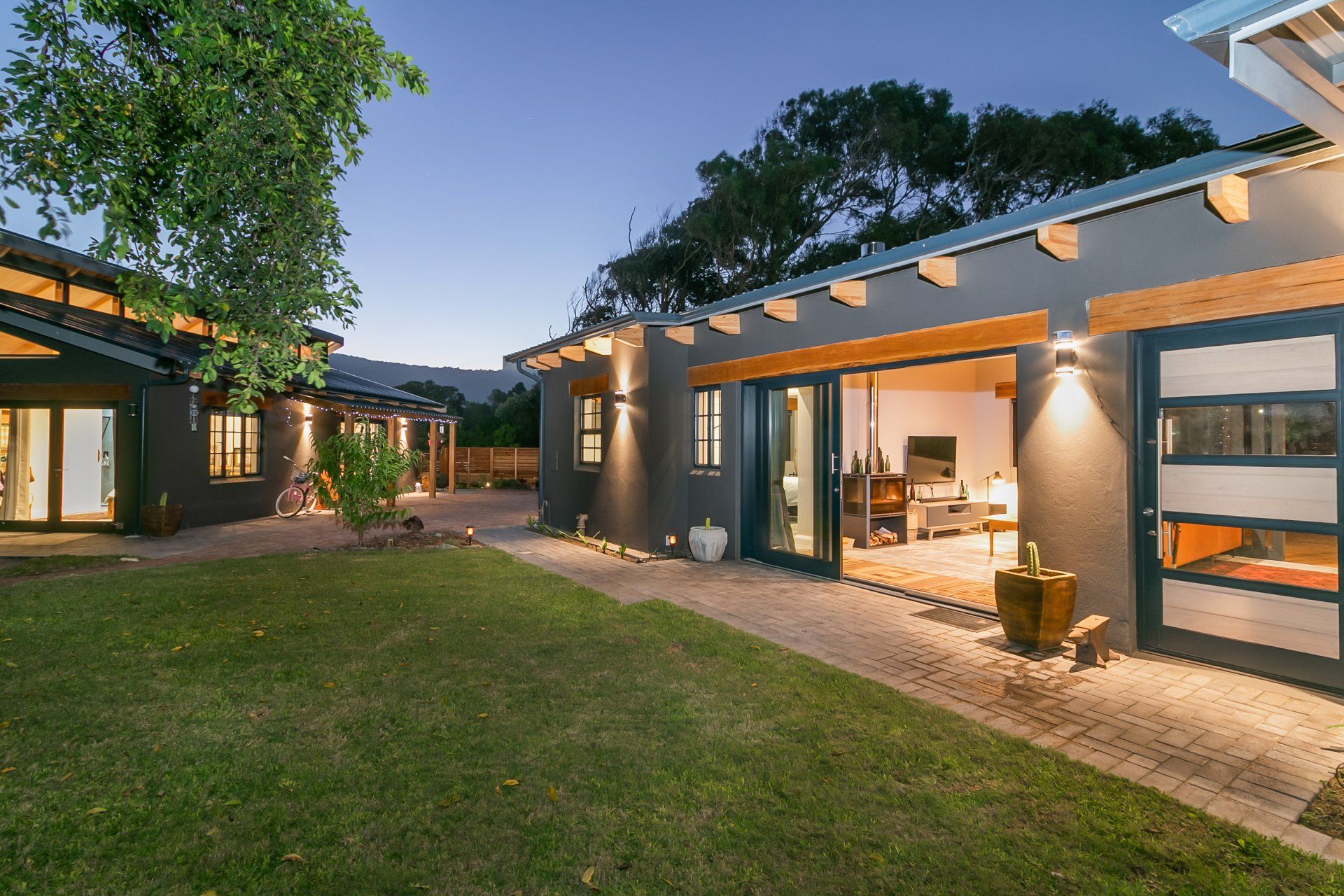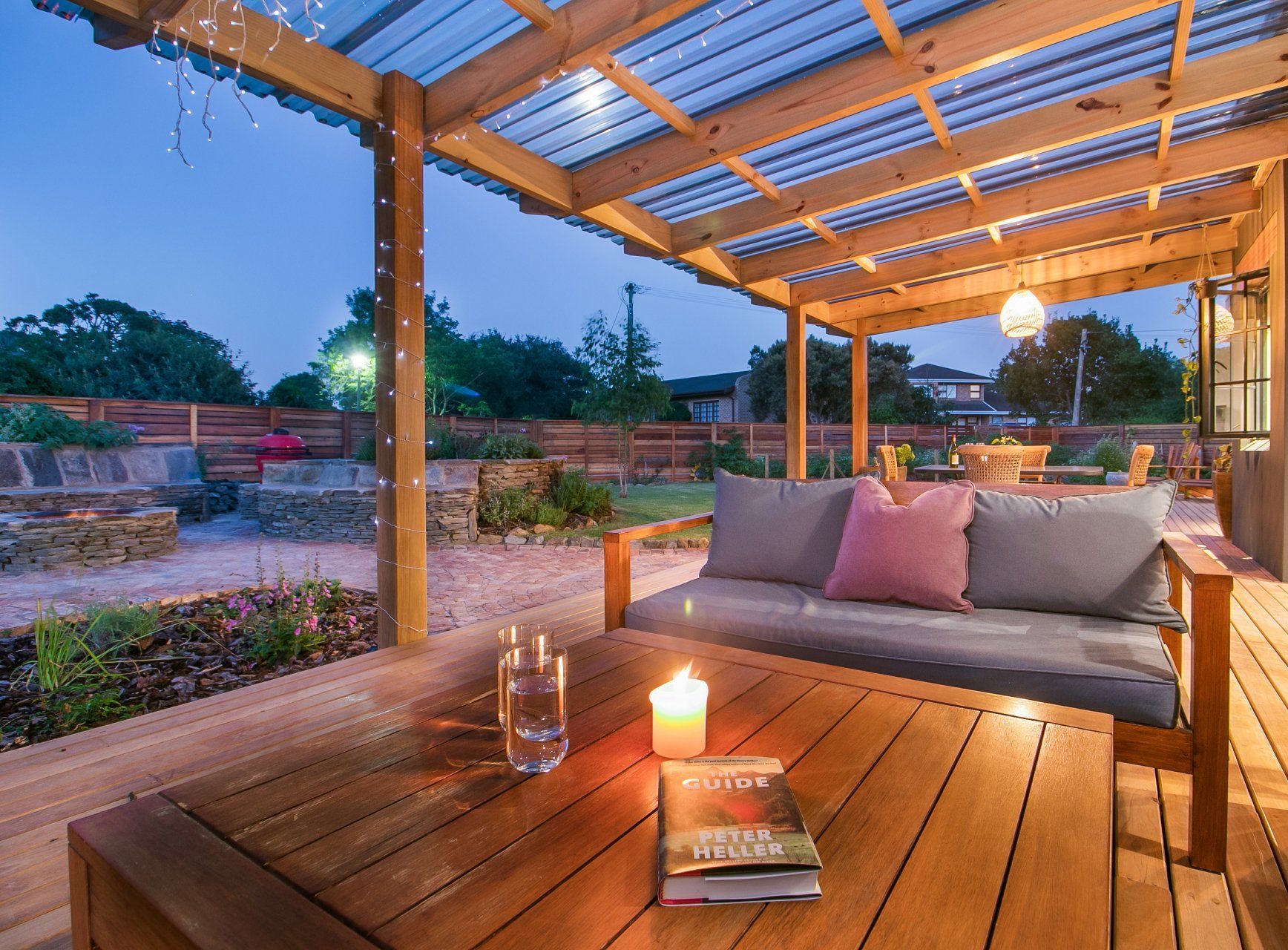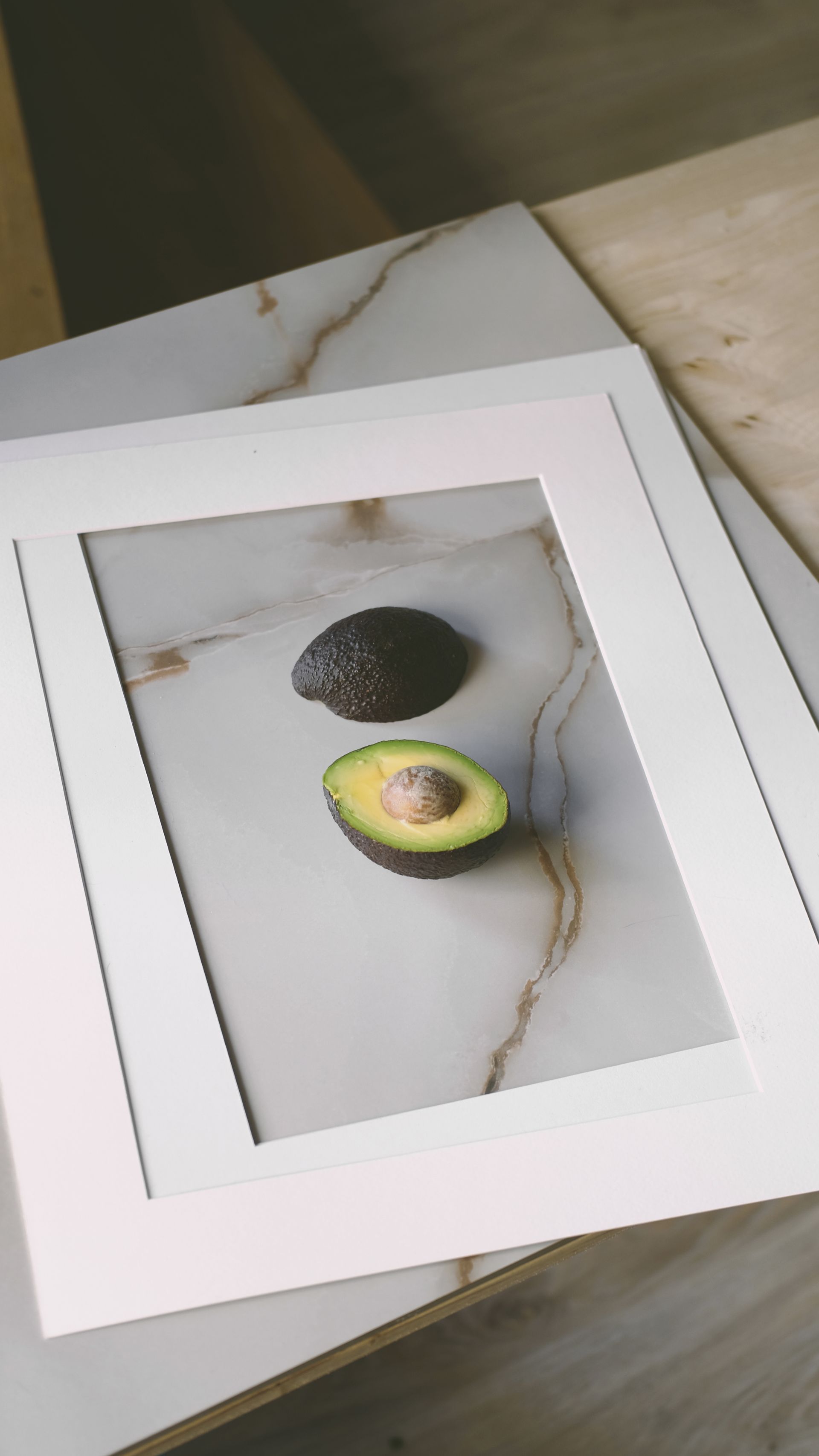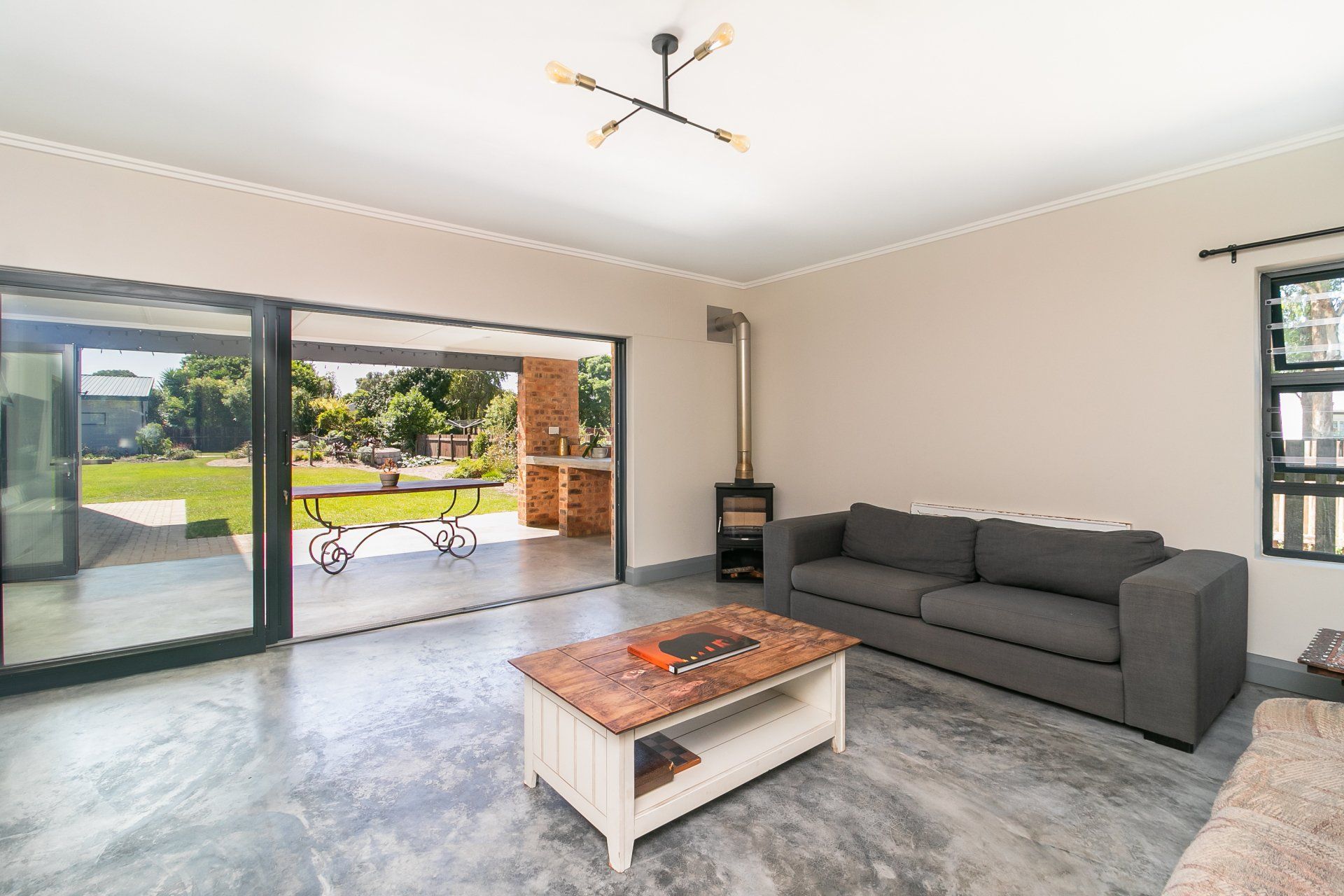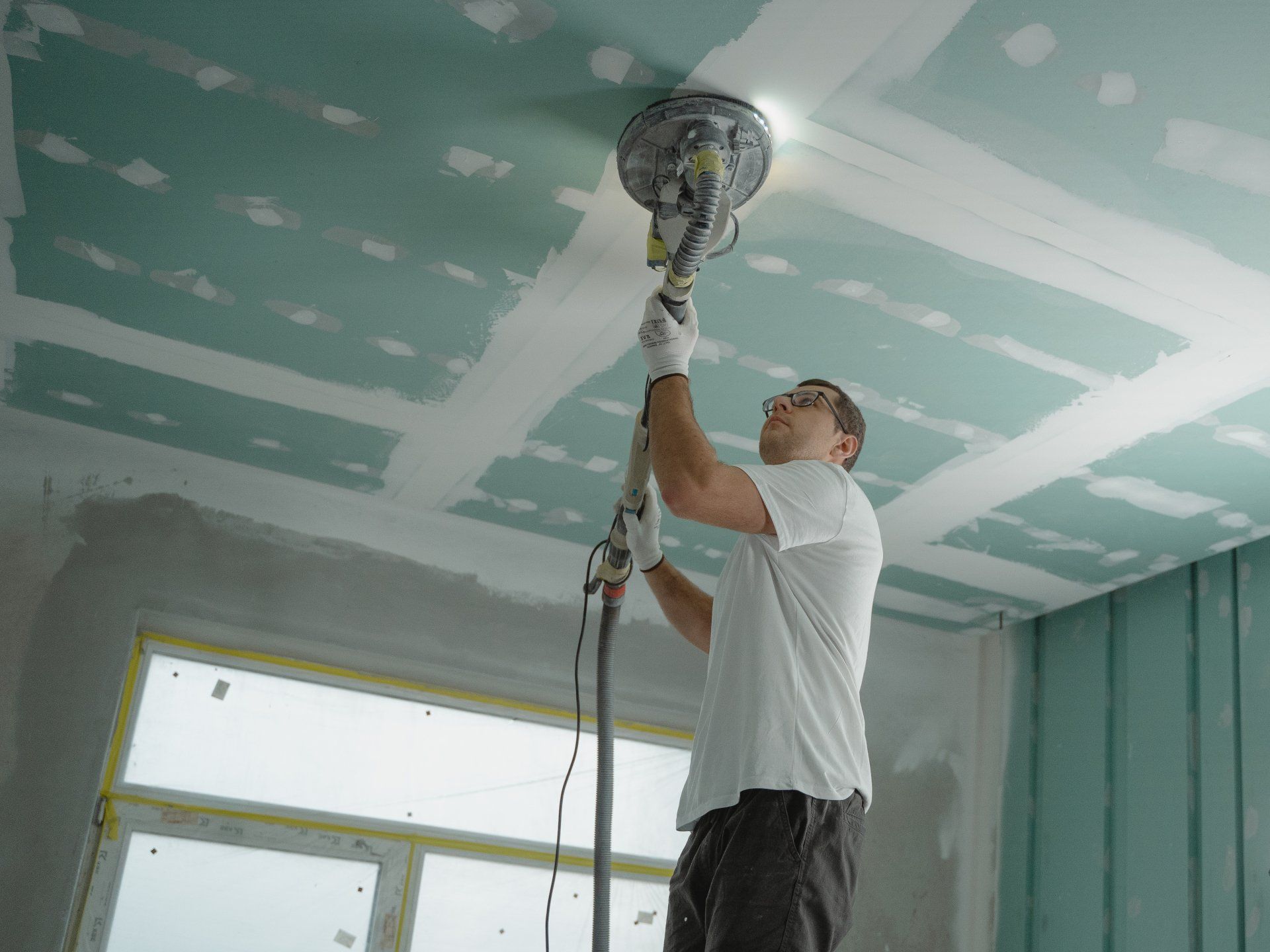Going Green: Sustainable solutions for your home
4 Ways to make your home more “environmentally’ friendly.
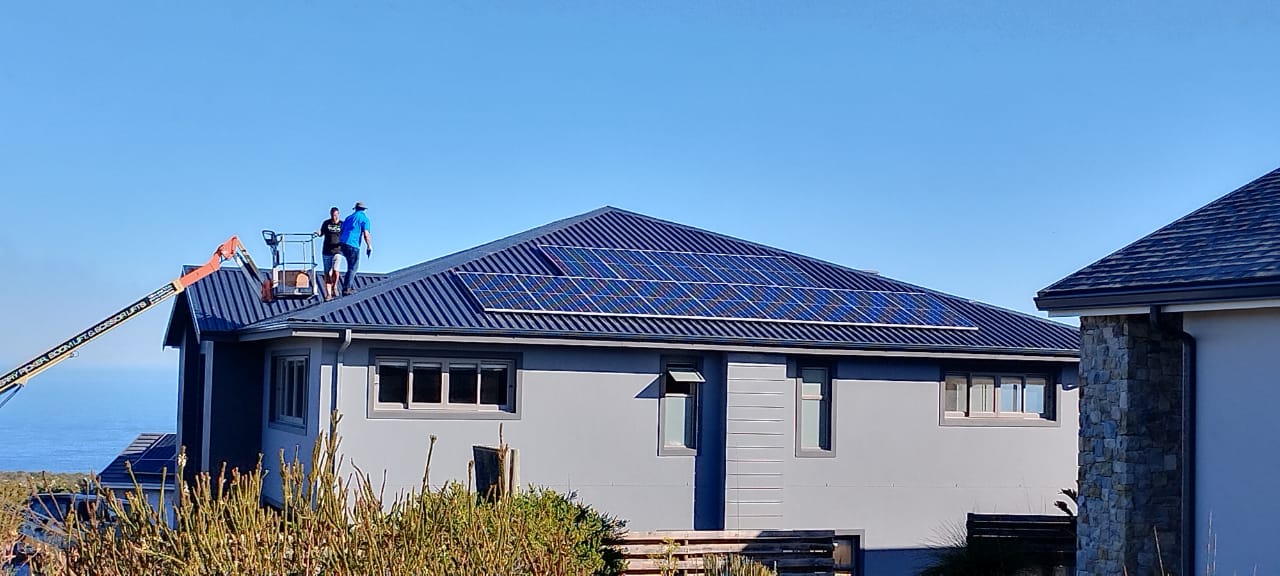
1. Solar for your Home
With the rising costs of power and the fact that load shedding has become a regular thing in South African’s life’s, the need for solar energy is becoming more apparent. Advancements in solar technology have made it easier to implement solar energy technologies for powering homes.
Before getting into the benefits of solar energy, it's essential to take a realistic look at what off grid power systems are not capable of. Even with solar panels installed, there may be times when power is not available.
Even with the most efficient and cost-effective off grid power systems and solar panels installed, there are times when sunlight is limited. During these months, owners of off-grid power systems will need to rely on stored energy in batteries, backup generators, or connections to the grid to power their electronic devices.
Solar energy systems are available through a few different manufacturers, but solar dealers have the best resources to find high-quality off grid power technologies that can reliably power homes. When choosing a solar dealer, look for a dealer with extensive knowledge and experience in the industry. Reputable installation experts will have positive reviews from customers, provide detailed free quotes and site visits, and be able to show proof of licenses and guarantees.
2. Water harvesting
Water harvesting is the process whereby rain is collected and stored for future use.
• Rainwater can be collected to supplement the local water supply and used for watering plants and washing things as well as for consumption. Rainwater can be harvested by several means. One of the most effective ways is to collect water off roofs and direct it through gutters and pipes into water tanks for storage and later use.
• Borehole. A borehole is a narrow shaft bored in the ground, either vertically or horizontally. A borehole may be constructed for the extraction of water (drilled water well and tube well).
3. Switch to LED lightbulbs
Switching to LED lightbulbs is a great way to save energy, reduce your carbon footprint, and save money on your electricity bill. LED bulbs use up to 90% less energy than traditional incandescent bulbs, which means they're not only better for the environment, but also for your wallet. They last longer and are more durable than traditional bulbs too—in fact, they last about 25 times longer than other types of bulbs (about 20 years). If you're looking for a way to save money on your electricity bill, as well as do your part for the environment, switching over to LED lights could be a great way to do both!
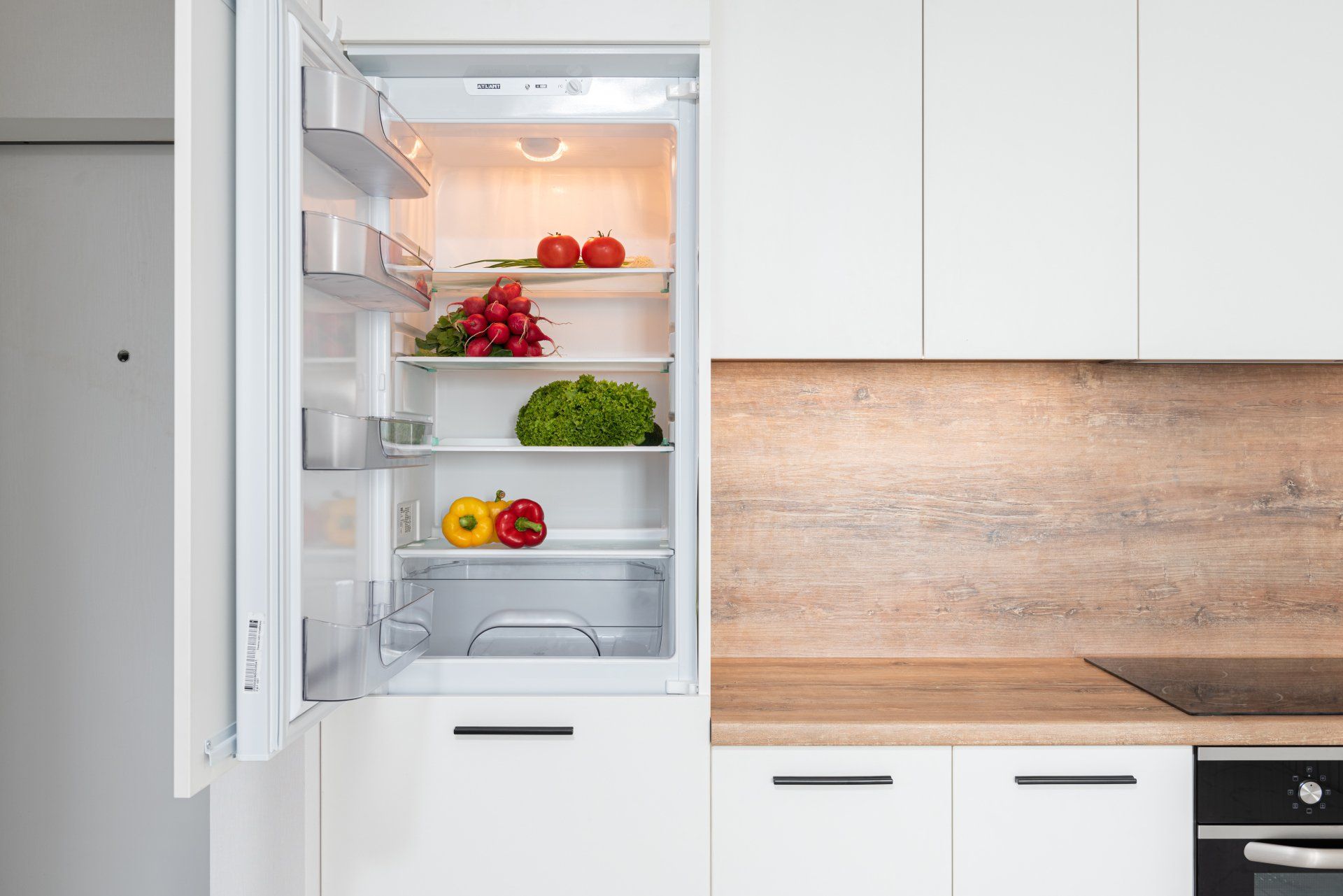
4. Get an energy-efficient fridge or freezer (or both!)
If you're in the market for a new appliance, consider an energy-efficient fridge or freezer (or both!). Almost 20% of your utility bill going toward one appliance that can sit idly in your kitchen while you're sleeping or at work. But with so many options out there, how do you know which is right for you?
First, know what you want. Do you want to be able to see inside your fridge? Do you want it to look nice in your kitchen? Are you looking for a specific size? The options are endless! Then, consider the different types of energy efficiency. There are three different kinds: standard, super-efficient, and low energy. Super-efficient fridges use about half as much energy as standard models; low-energy appliances use about one-quarter as much energy as standard models; and high-efficiency fridges use about two times as much energy as standard models. So, if you're looking for something that will save money and help the environment (and yourself!), a high-efficiency model might be the way to go!
